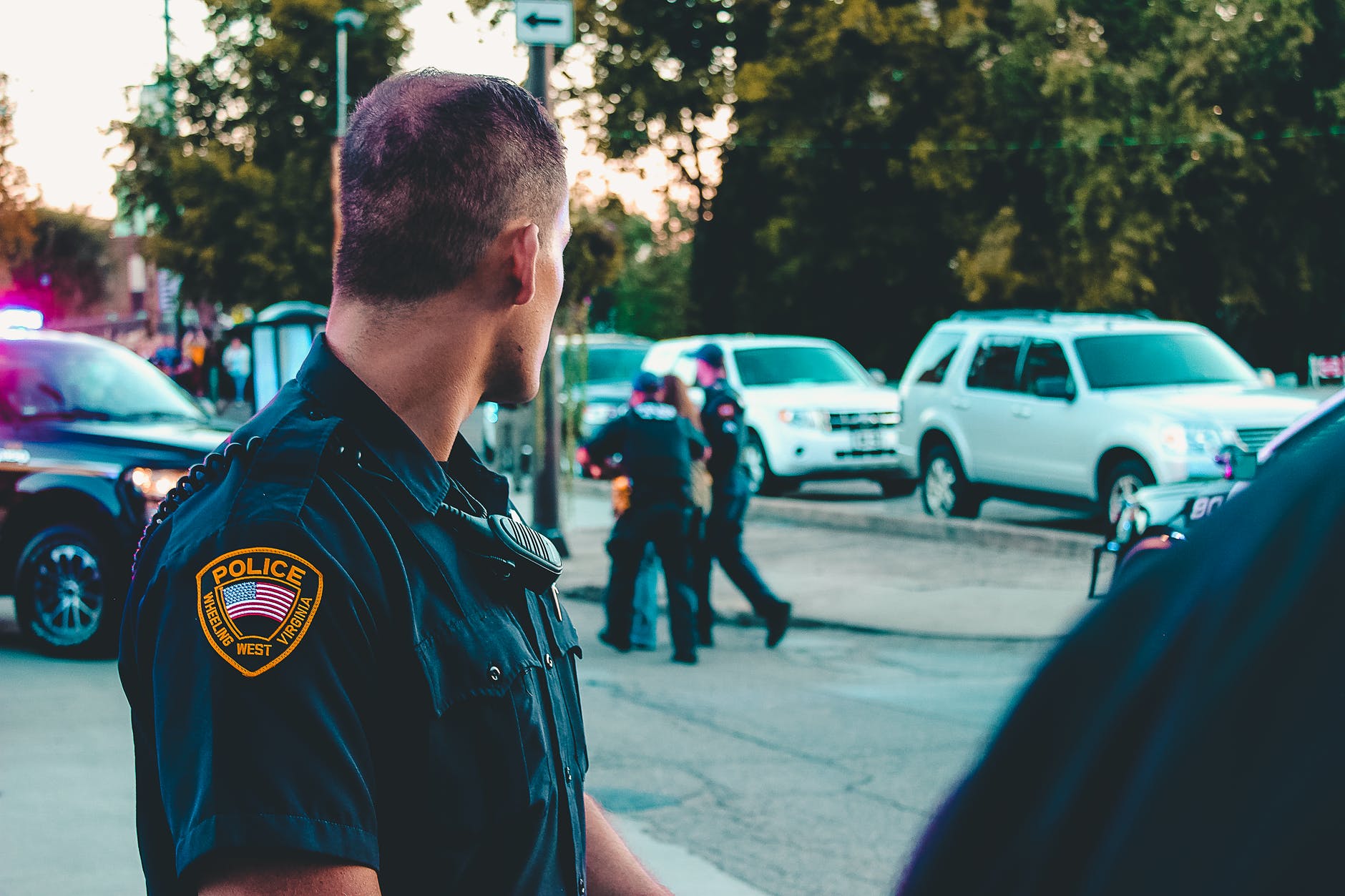The death of George Floyd sparked protests and civil unrest across the country on a scale that hasn’t been seen since the 1960’s. And all of us, participants or not, have to sit back and think about the sheer magnitude of it all. Because unlike other racially charged events since Dr. King’s assassination — that includes the beating of Rodney King, the Ferguson unrest, the killing of Breonna Taylor, Eric Garner, and Ahmaud Arbery, the list sadly goes on — there is, for the first time, a multi-racial effort to address racism in America. And, interestingly enough, law enforcement has taken notice. Conducting their own assessment of protests and civil unrest through an after action review, the Intelligence Commanders Group (ICG) of the Major Cities Chiefs Association (MCCA) compiled survey information from 68 major cities (in the U.S. and Canada) in a reporting timeframe between May 25th to July 31st, 2020. Here’s what they found.
Protests and Civil Unrest Were Unprecedented
Between May 25th and July 31st, there were 8,700 total protest events. Of those 8,700 protests, the report indicates that a large portion involved “non-violent acts of civil disobedience such as the takeover of a roadway or disruption of commerce.” It also noted that the amount of violent protests were quite low.
- 574 protests included some form of violence (roughly 7%)
- Most violent incidents were the result of a single individual infiltrating larger groups of protesters
- Some of the violent acts were severe
- The average number of protests involving civil disobedience in a single city was 55
- The highest number of protests involving civil disobedience in a single city was 500
- The level of civil disobedience differed greatly between cities (some were more extreme than others)

Protests and Civil Unrest Led To A Lot Of Arrests
Arrests were quite significant. Of the 8,700 total protests, over 16,000 people were arrested. And of those 16,000 people, 17% were apprehended for felony offenses. The report also notes that law enforcement made a substantial effort to only arrest individuals considered a threat to public safety or engaged in criminal activity.
- 16,241 people were arrested for criminal acts
- 2,735 people (17% of the 16,241) were arrested for felony offenses
- More than half of the 68 agencies surveyed reported that their District Attorney’s office opted out of prosecuting protest-related cases
- 52% of agencies reported having to re-arrest the same person at different protests
- Many agencies reported a correlation between out-of-town protesters and violence

Law Enforcement Reported Some Significant Challenges
21 major cities (or 31% of law enforcement agencies in the report) reported that public trust was “very low” or “low” compared to 19% who said that public trust was “high” or “very high.” Most agencies also reported having significant issues with coordination between protesters and law enforcement due to the anti-police nature of the protests.
- Law enforcement agencies had a lack of community trust. 43% of law enforcement agencies considered their relations with the community “normal” and 21% of agencies said that it was “low.” 29% said it was “high” and 6% said it was “very high.”
- Many agencies experienced a lack of support from elected officials. 46% said their support from elected officials was either “low” or “very low.” 31% said that it was “normal” and 22% of agencies said that it was “high” or “very high.”
- Officer morale was pretty low. Only 6 agencies (or 7%) reported that officer morale was “high.” 55% reported morale as either “low” or “very low.”

They Identified Several Areas For Improvement
Due to law enforcement’s inability to coordinate with protesters, the report calls for neutral actors such as community leaders to facilitate communication between police and protest groups. Policies, tactics, and body warn cameras were also identified as areas for improvement.
The top three recommendations were:
- Community outreach is needed among police departments. Most agencies reported making multiple attempts to coordinate with protesters. Due to the focus of the protests, agencies reported difficulties in creating safe and pre-planned protest routes.
- Increased funding. Agencies reported a need for increased funding so that they can improve training and implement responsible reforms.
- Accurate media reporting. Most agencies said the media focused too heavily on police use-of-force rather than violent acts from protesters.
The Full Report And Other Tools To Explore
The full report is available here and provides an in-depth analysis of all 78 surveyed law enforcement agencies. In addition to what was highlighted on this post, their assessment also includes as analysis of police use-of-force and protester tactics. And, as always, if you want to find more information on this issue, feel free to explore all of the social justice tools available on this site.
(Source: MCCA)
A quick reminder: This report does not encompass every protest since the killing of George Floyd; the assessed events for this publication ended on July 31st. As of this writing, protests are still ongoing.
This article is in compliance with the MC (Millennial Cities) belief that diversity, multiple points of view, and contrary or unpopular positions maximize understanding and facilitate learning.
